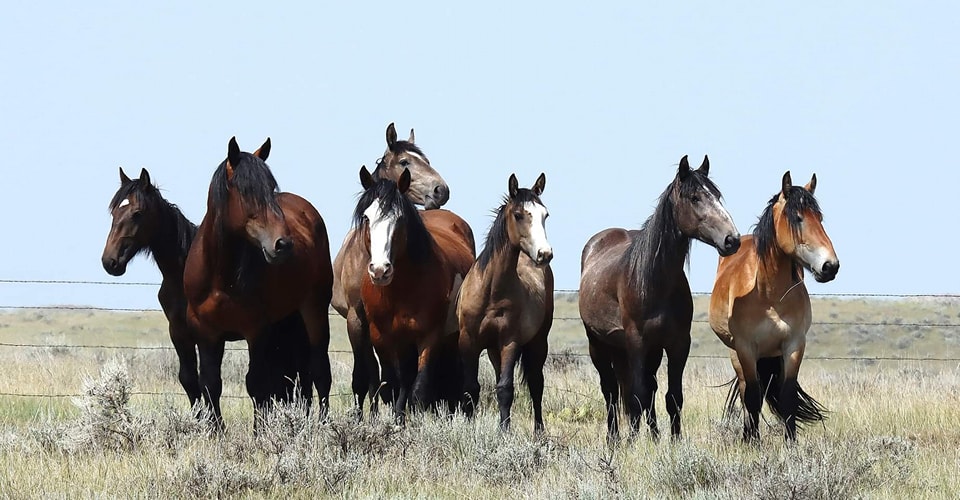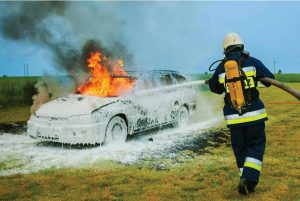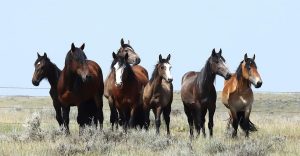
BILLINGS, MT – The Tooke Ranch, a legendary name in Montana rodeo, has been named as among the Great Montana Ranches by the Montana Pro Rodeo Hall & Wall of Fame (MPRHWF). Dedicated to honoring Montana professional rodeo cowboys and cowgirls who exemplify Montana western heritage, the MPRHWF annually selects individuals and families in a number of categories.
The Tuke family, later known as the Tookes, immigrated from County Wicklow, Ireland, in 1808 and settled in New York. Earl Tooke was born there on July 19, 1874. As a young man, he made his way south, eventually landing in Redfield, South Dakota, where he worked a variety of jobs in hopes of one day owning a farm or ranch. He found steady work and lodging on the Frederick and Lucy Basford ranch, where he met their daughter, Bessie. The two married on May 8, 1901.
After Congress passed the Homestead Act of 1862, settlers were able to claim 160 acres by building a home, farming the land, and living there for five years. Seeing opportunity in the West, Earl left South Dakota during the gold rush of 1910 and headed for Montana. He chose a spot 13 miles west of Ekalaka, on the edge of the Powder River Badlands near the head of Blacktail Creek—now known as Beaver Flats. While Bessie and the boys remained in South Dakota, Earl hired a carpenter to build a two-story home identical to their house in Redfield. Bessie and the children joined him in Montana in 1913. That marked the beginning of the Tooke Ranch.
Earl raised cattle, sheep, and crops, and during the early years he frequently traveled between Redfield and Ekalaka. After each return trip, Bessie found herself pregnant again. Together they raised six wild boys: Frank, Fay, Chandler (Feek), Granville (Red), Richard (Dick), and Robert (Bill). All six grew up working on the ranch and attended Schofield Elementary School. Four graduated from Carter County High School, one from Custer County High in Miles City, and Feek left school early to stay and work on the ranch.
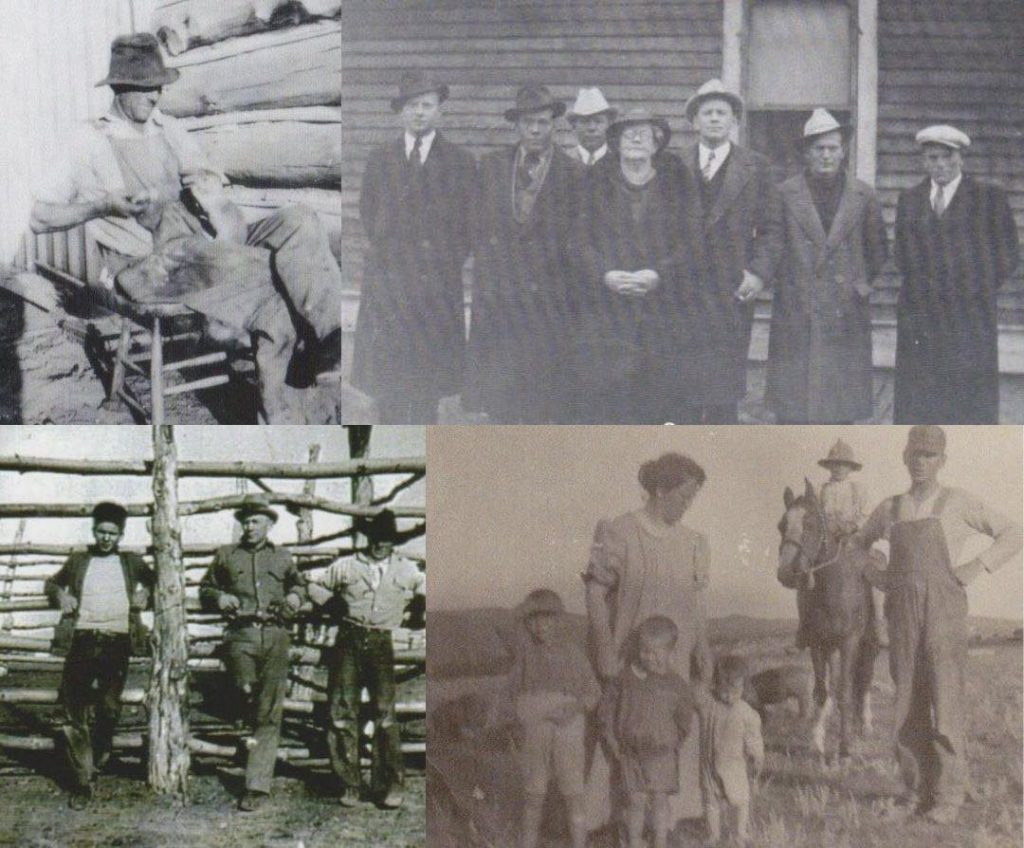
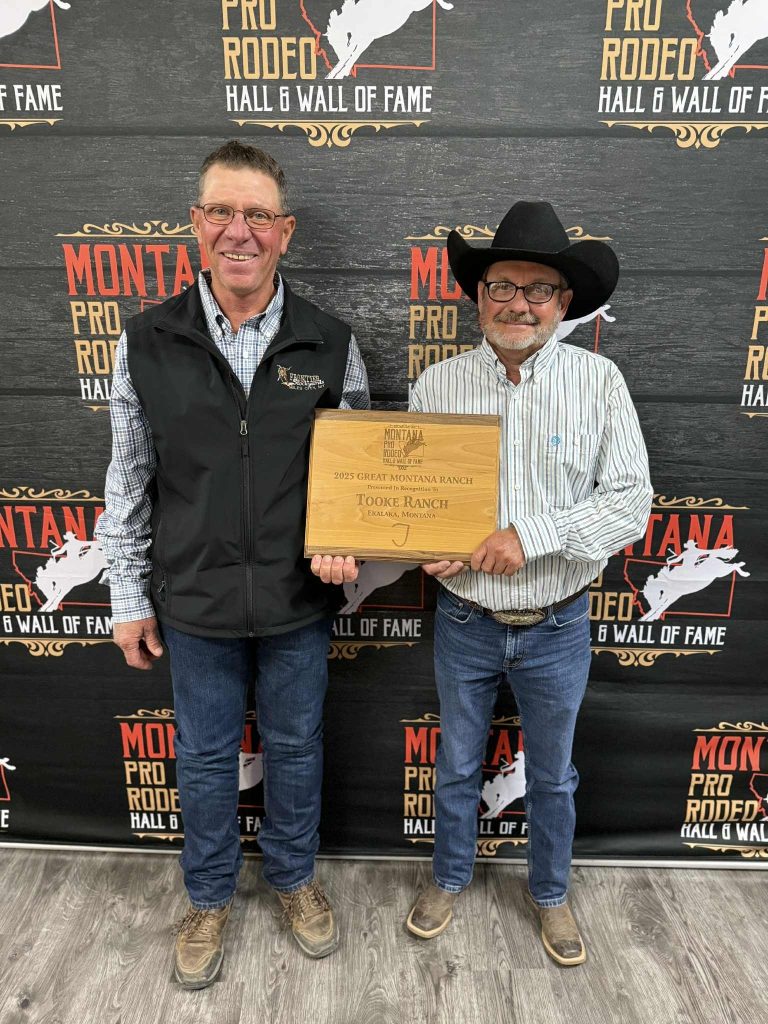
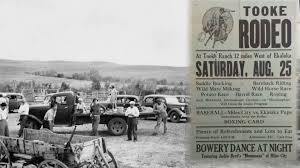
Feek built a house over the hill from the original homestead, where he began his now-famous bucking horse breeding program. While other brothers came and went, Feek and Fay managed the ranch and its daily operations. At young ages, the brothers started the Tooke Brothers Rodeo, constructing an arena on the ranch and holding their first rodeo on Memorial Day 1931. Feek managed the stock, Fay served as announcer, and the others handled behind-the-scenes work and provided entertainment. The events expanded to include boxing, baseball, wild mare milking, dances, and more. Word spread, and soon hundreds of spectators were attending from across Montana, Wyoming, and the Dakotas.
The brothers later took their rodeo to towns such as Baker, Miles City, Belle Fourche, Deadwood, Bowman, and Hettinger. Though they each followed different paths, they often returned home to lend a hand. Fay played football for the Montana Grizzlies for two seasons. Red served in the SeaBees, Dick in the Navy, and Bill in the Army. Dick also served two terms in the Montana House of Representatives.
The Tookes found success in a variety of ventures—owning and operating a phone company, working on the railroad, running bars and nightclubs, leading shearing crews, and serving on county road crews. Earl died in 1937 at the age of 63. Bessie passed in 1948 at 69. From its modest start of 320 acres, the Tooke Ranch expanded significantly. Fay and his wife Margaret eventually operated the ranch with their sons, Greg and Garth. Today, Garth and his wife Myrna run the operation alongside their son JO and his family on 12,900 acres. Feek’s great-nephew Mac and his wife Michelle own 6,000 acres where Feek and his wife Thelma once raised their family and horses. Just north of there, Feek’s son Ernest and his wife Peggy settled and raised their family on what is now 4,500 acres. That land is currently operated by their son Tim Tooke, Ernest’s son and Feek’s grandson.
For more than 115 years, the Tooke Ranch has remained in the family. It’s still common to see younger generations out haying, fencing, branding, and rounding up horses. Just as it began, the legacy continues—Tookes helping Tookes.


